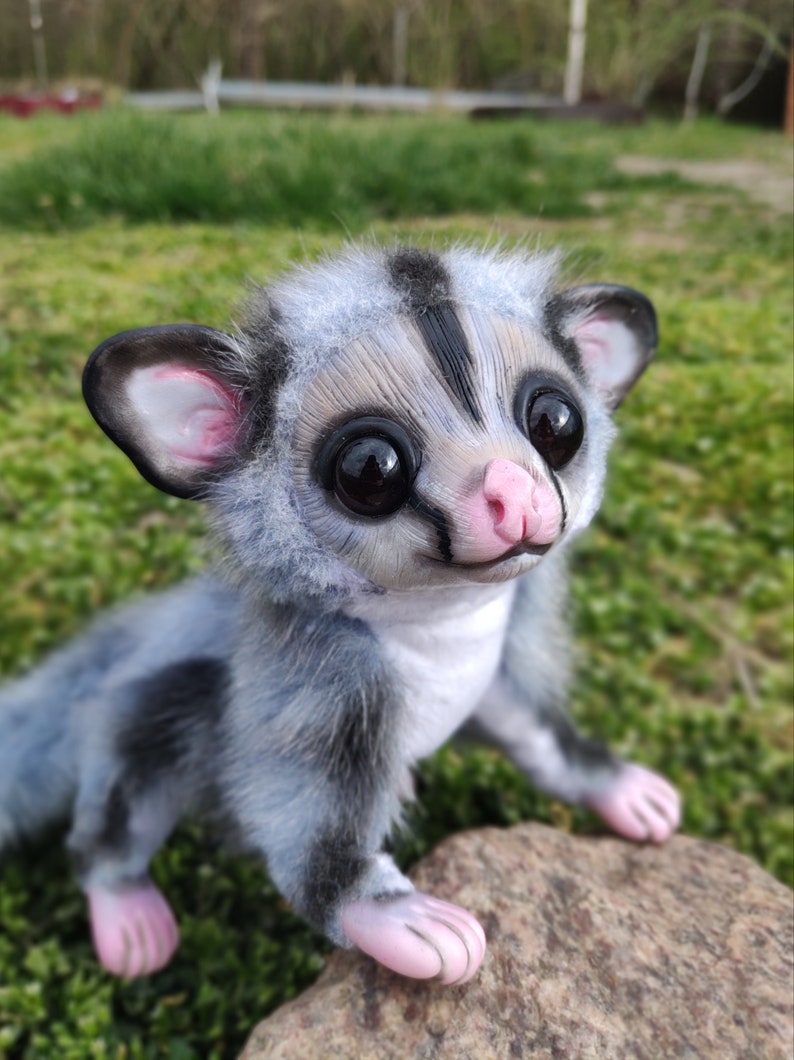

Dominant males mark their territory and members of a nest with saliva and scent glands on the forehead and chest if a member is not marked, they can be violently expelled. They prefer to live in groups of around eight adults as well as young, in order to protect the nest and conserve body heat during cold weather during which they can enter into torpor. They are nocturnal, hunting for vertebrates, insects, gum, nectar and sap at night, and sleep in nests or tree hollows during the day. This, and their ability to climb efficiently, makes them excellent arboreal specialists.

#GLIDER ANIMAL SKIN#
They have a prehensile tail, and flaps of skin (patagium) or membrane between their fifth finger and first toe which enables them to glide distances of 50-150 metres. They are found in habitats with good food supply, predominantly eucalyptus forests. The sugar glider is a small marsupial gliding possum found in Eastern/Northern Australia, New Guinea and the Bismarck Archipelago. The Savanna Glider lives in the tropical woodlands of northern Australia, where is range has contracted by 33% since the early 1990’s.Soaring through life, tree wisdom, forest wisdom, trees can nourish you, impatience with dependents or overly dependent people, physical affection with those close to you, hostility towards those who don't 'belong,' problems with accepting new people, comfort, letting friends and close people in, being helped and helping others, bonding, tree magic, know your destination, the power of being 'cute.' This reclassification means that the distribution of the Sugar Glider is substantially reduced, being limited to coastal regions in South-eastern Australia.

The distinction of these three species has resulted in a substantially smaller distributions for the Sugar Glider and Savanna Glider. When considered as one species, sugar gliders were widespread, abundant and officially classified as “least concern”. Previously classified as a single widespread species ( Petaurus breviceps), recent research has revealed that the Sugar Glider is actually three genetically distinct species: Petaurus breviceps and two newly identified species, Krefft’s glider ( Petaurus notatus ) and the Savanna Glider ( Petaurus ariel ). Females can produce two litters in a year. They then leave the nest to forage for food, usually with their mother. Sugar Gliders commonly give birth to twins, which remain in the pouch for just over two months. The Sugar Glider is also one of the largest marsupials that have been confirmed to enter torpor, a state similar to hibernation, in which an animal slows its breathing and dramatically reduces its physical activity for days or even weeks, dropping its body temperature and oxygen consumption and wrapping its body into a ball. Their insatiable appetite for all things sweet, Sugar Gliders are likely important pollinators of many Banksia species. Sugar Gliders consume a wide variety of foods in their diet, feeding on nectar, pollen, seeds, insects and even on small birds and their eggs – mainly foraging in the lower layers of the forest canopy. This arrangement allows one adult to keep the young warm in the hollow while the other parent is out foraging for food. Both males and females engage in parental care. They are very social animals and live in family groups, with multiple adults accompanied by the young from that season. The Sugar Glider active at night, sleeping by day in nests made of leaves in tree hollows.


 0 kommentar(er)
0 kommentar(er)
